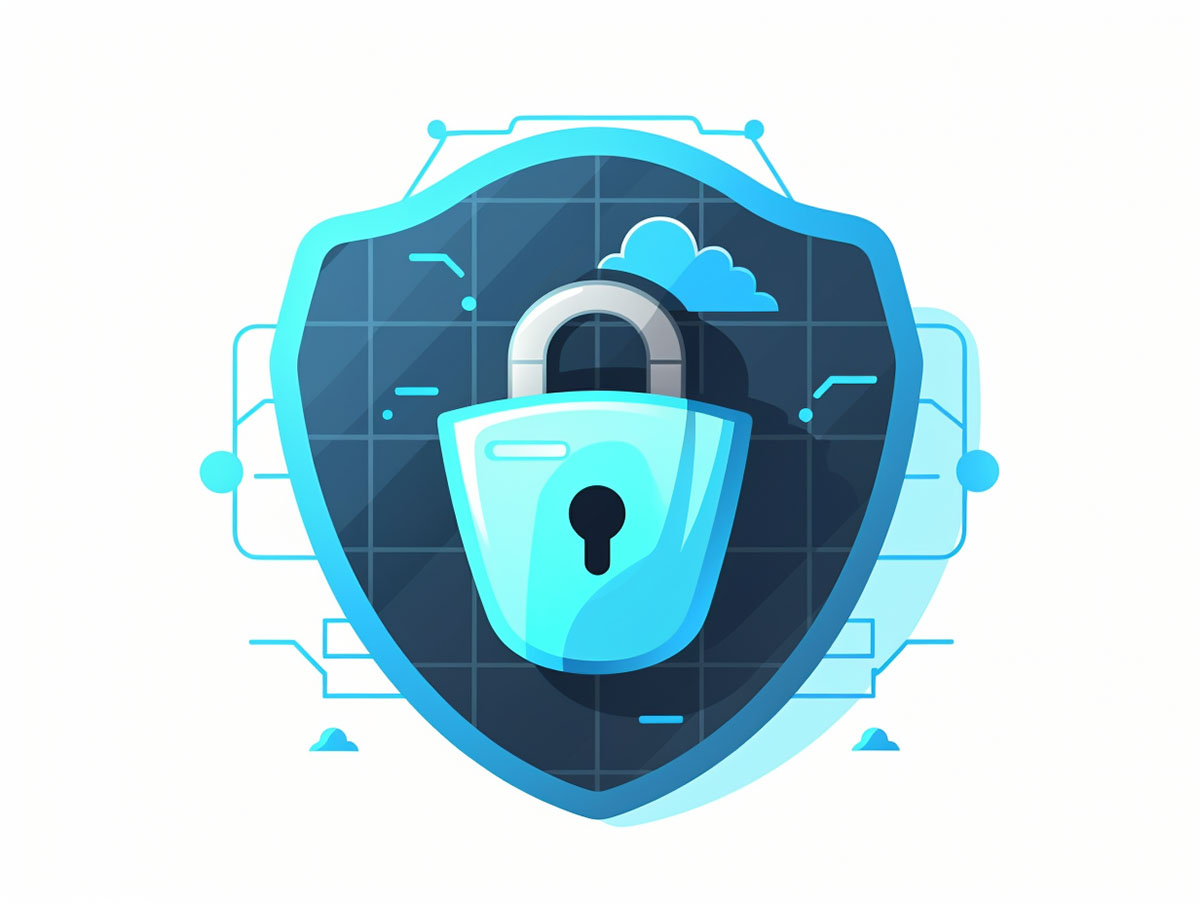Computer Forensics refers to the process of identifying, preserving, analyzing and presenting digital evidence in a manner that is legally acceptable. It encompasses the recovery of data from digital sources, usually with the objective of using it as evidence in a court of law or to understand the sequence of events leading to an incident.
Computer Forensics Examples
1. Case of Fraud
Computer forensics plays a crucial role in addressing cases of suspected fraud in companies. If an employee is suspected of fraudulent activities, forensics experts step in to investigate. The investigation process involves an extensive search inside the suspect’s computer system and email accounts. The need to prove the fraudulent activities demands a thorough investigation where every piece of information matters.

Stay One Step Ahead of Cyber Threats
What seems like a simple activity such as analyzing data transactions can provide valuable lead to the alleged fraud. Even the smallest transactions are taken into account, as they might reveal patterns or anomalies that would otherwise go unnoticed.
The power of computer forensics does not stop there. In many cases, the fraudsters might have deleted useful information, thinking they have removed all traces of their activities. However, using specific forensic tools, investigators can recover this deleted data, further strengthening the evidence against the suspect involved in the fraud.
2. Cyberstalking
Another example where computer forensics comes in handy is in cases of cyberstalking and online harassment. Cyber threats have become prevalent, and victims need justice just as in any other crime. Here, computer forensics is used to track down the source of threatening emails or messages.
Upon receiving a complaint about a cyberstalking case, computer forensics experts start tracing the source of this harassment. This could range from tracking the IP addresses associated with the emails or messages to analyzing the patterns in the communication.
While this digital information might appear abstract to many, it’s actionable evidence for computer forensics teams. The data trails like metadata in digital correspondence can lead to the identification of the harasser. Thus, ensuring that those responsible for such heinous acts are brought to justice, reinforcing the safety of digital space.
3. Data Breach
Computer forensics plays a crucial role when an organization faces a data breach. After such an incident, the main concern for the organization is to understand exactly how the breach happened. The initial step involves analyzing the breached systems to identify any peculiar activities or events.
Each data breach leaves behind digital footprints, which can be examined to identify the exploited vulnerabilities. This exercise involves a detailed analysis of log files, metadata, and any other pertinent information that can provide clues about the source of the breach and how it transpired.
Recovery of lost data is a part of this process too, if possible. Specialists may even be able to trace the hackers or recover the stolen data, another testament to the power of computer forensics. By doing so, the organization not only mitigates the immediate effects of the breach but also gains insights to prevent future incidents.
Conclusion
Computer forensics is a powerful tool in the digital era, vital for finding legal evidence, detecting fraud, addressing cyberstalking, and analyzing data breaches. By identifying, preserving, analyzing, and presenting digital evidence, it plays a critical role in maintaining digital security and setting the foundation for legal action where necessary.
Key Takeaways
- Computer forensics is the process of identifying, preserving, analyzing and presenting digital evidence.
- It’s a critical tool in detecting and exposing fraudulent activities within organizations.
- Computer forensics aids in tracking and identifying individuals involved in cyberstalking or online harassment.
- Forensic analysis is essential in the aftermath of a data breach, providing insights on the breach source and the prevention of future incidents.
- Computer forensic tools can even recover deleted data, strengthening the evidence in legal proceedings.
Related Questions
1. What skills are required for computer forensics?
Computer forensics requires a combination of analytical abilities, technical skills, and legal knowledge. One needs to comprehend complex computer systems, networks, and software. Familiarity with laws regarding digital evidence is also crucial.
2. What are some common tools used in computer forensics?
Some common computer forensics tools include EnCase, Paraben, The Sleuth Kit, and FTK. These aid in the recovery, preservation, and analysis of digital data.
3. Can computer forensics be used to combat cybercrimes?
Yes, computer forensics is often used to combat cybercrimes. By preserving and analyzing digital evidence, investigators can identify cyber criminals and build strong cases against them.
4. How is computer forensics different from cybersecurity?
While cybersecurity focuses on preventing digital threats and safeguarding systems, computer forensics is about collecting and analyzing digital data for legal proceedings. It comes into play after a cyber incident has occurred.
5. Why is computer forensics important in today’s digital age?
With growing digital information and increasing cybercrimes, computer forensics has become vital. It helps prove unlawful activities, brings cyber criminals to justice, and equips organizations to handle and prevent cyber threats more effectively.
"Amateurs hack systems, professionals hack people."
-- Bruce Schneier, a renown computer security professional






